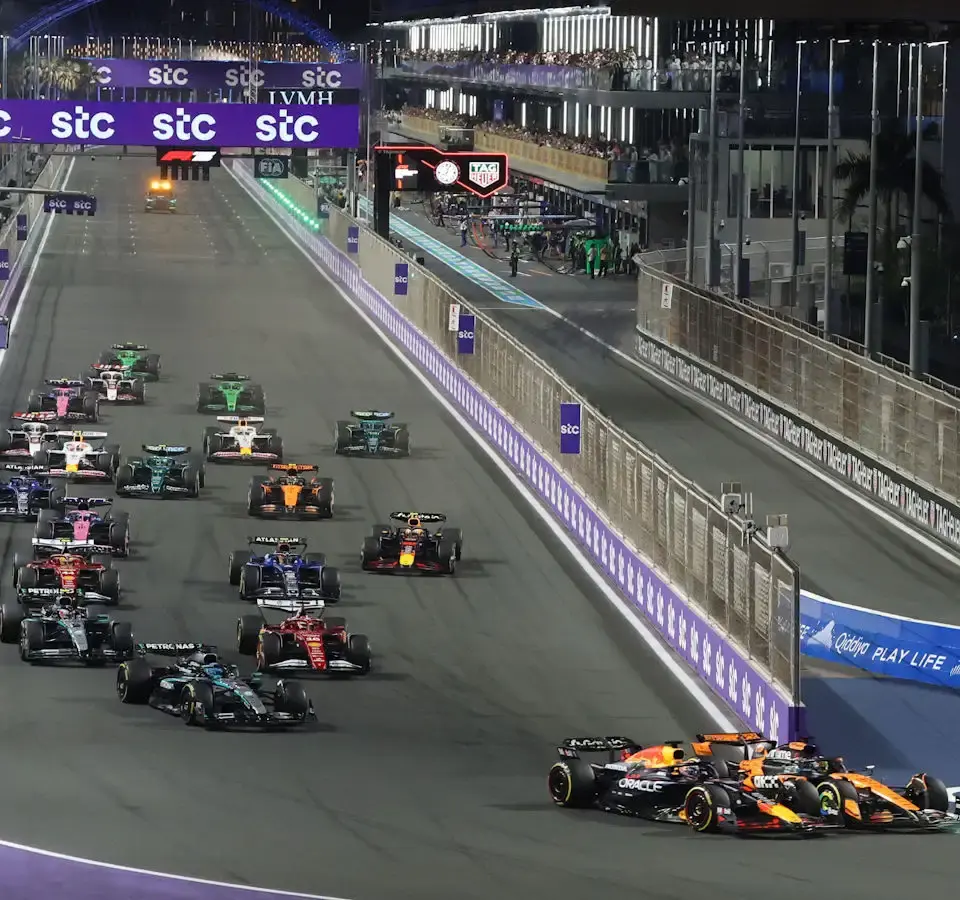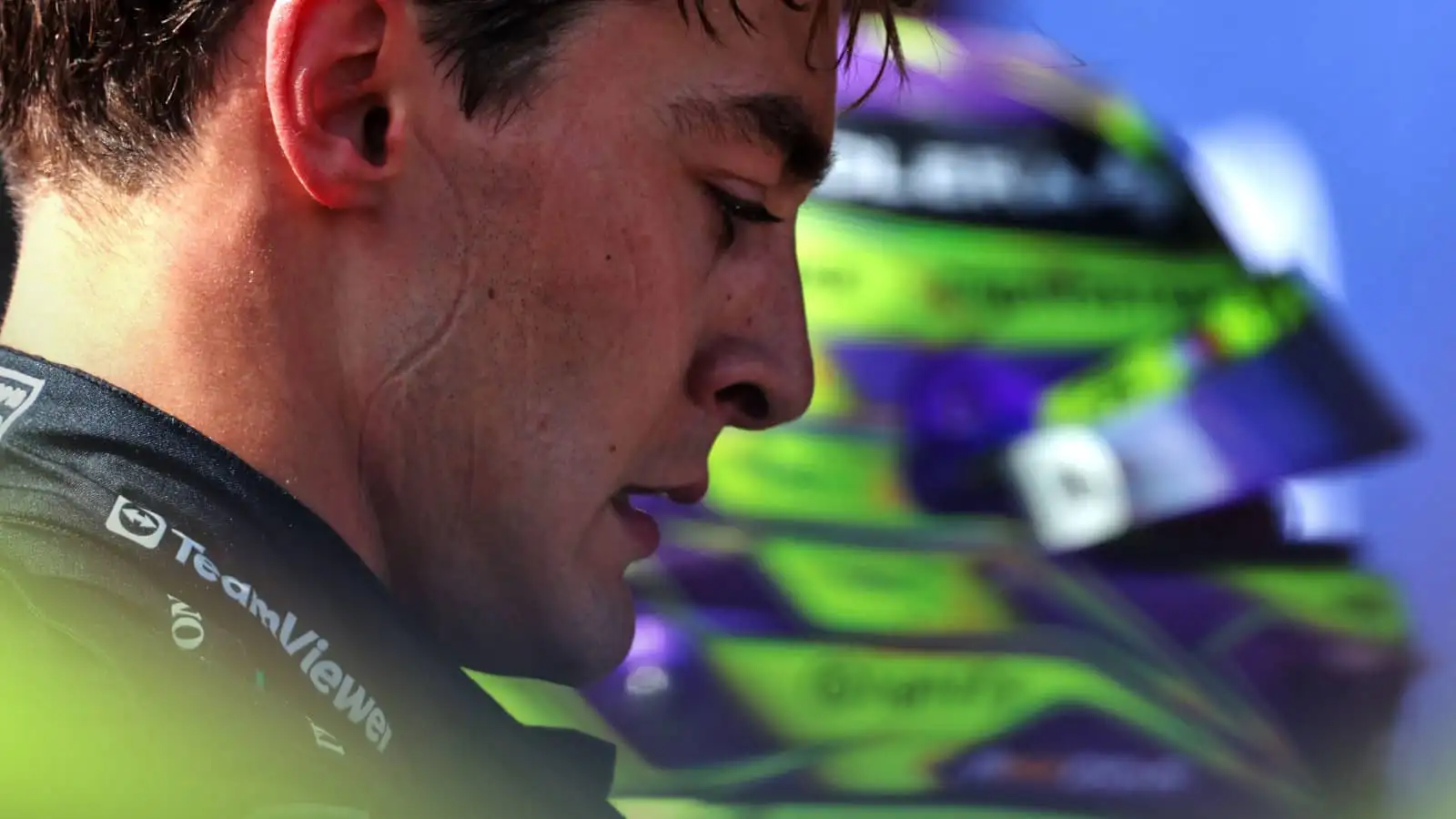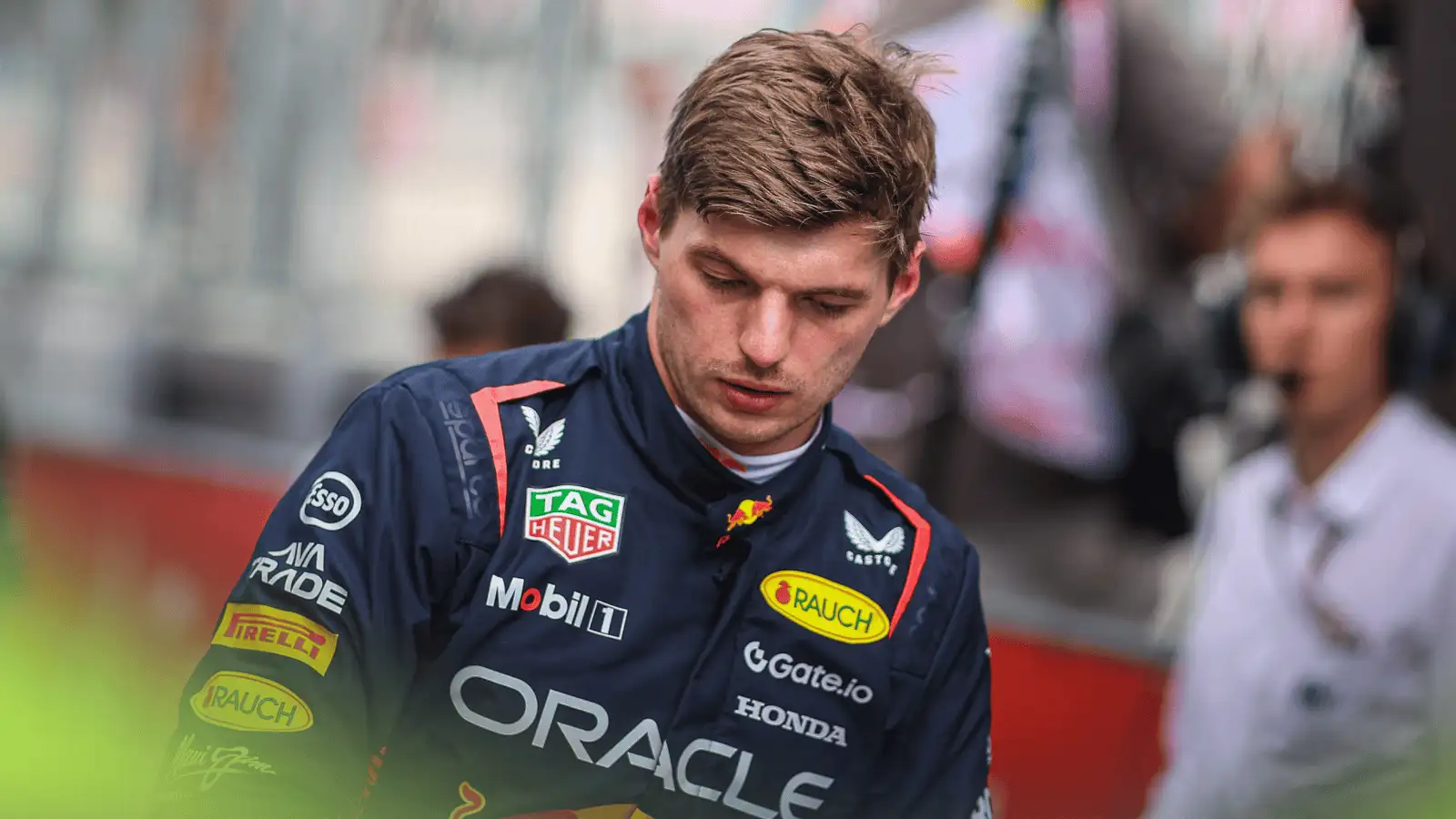The racing world is buzzing as Ferrari unveils a series of significant updates to its SF-25, marking what some might call a ‘corrective surgery’ rather than just a tweak.
With five races down in the Grand Prix season, McLaren seems to be racing ahead in the Constructors’ Championship. However, the real story is unfolding behind the scenes with various teams putting their cars under the knife for performance enhancements. Among these, Ferrari’s serious overhaul of their SF-25 stands out as a remarkable feat.
Ferrari’s approach to revamping the SF-25 is nothing short of comprehensive. They’ve set out to improve the performance by overhauling the car’s floor and maximizing its effective ride height. This includes a revamp of the fence arrangement, with the addition of a new cutout on the top edge of the inner fence and a similar tweak to the outer fence. These alterations aim to enhance the vortices’ positioning and strength, crucial for aerodynamic efficiency.
Additionally, Ferrari made adjustments to unseen components like the fences and tunnel geometry, while modifying the shape of the boat tail and diffuser. These internal changes work hand-in-hand with visible modifications, such as the deeper strakes on the edge wing, where they increased the number from two to three. It’s these meticulous tweaks that make this update akin to a surgical procedure.
While Ferrari opted for a complete rework, other teams like Sauber have been steadfast, introducing updates at almost every race. Sauber’s changes have been both performance-based and circuit-specific, allowing for a finely-tuned balance of downforce and drag. Their aggressive update strategy has seen significant changes in aerodynamic surfaces, particularly evident in the sidepod evolutions witnessed at the Chinese Grand Prix.
Moreover, the development choices of teams have been partly shaped by the constraints and opportunities presented by CFD and Wind Tunnel resource restrictions. These limitations complicate development but also offer an avenue for those lower in the standings to capitalize on extra resources. Teams like Mercedes and Alpine, however, have held back on early updates, likely saving their resources for the European leg of the season where strategic gains could be leveraged more effectively.
As the season progresses, the chess game of part updates continues. Racing teams are not only battling on the track but are also engaged in a constant struggle for technological supremacy. How each team adapts and strategizes their development will be a key factor as the championship unfolds. The updates might just be a glimpse into how they’ll tackle future races and seasons, especially with looming changes on the horizon for 2026.
In the midst of these developments, the consideration of the car presentation documents is essential. Teams are required to list new aerodynamic surface changes but can make other ad-hoc adjustments without public announcement. This leaves gaps in public knowledge about the exact extent of changes, particularly mechanical adjustments which remain under the radar but can significantly impact performance.
As Ferrari leads the charge with its SF-25 transformations, the broader narrative of constant evolution in Formula 1 is highlighted. Each team’s strategy reflects their unique approach to tackling the demands of this high-stakes sport, where innovation is as crucial as driving skill. As the season heats up, these technological advancements will steer the competition in exciting new directions, all within the relentless pursuit of victory.










